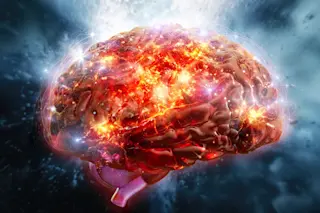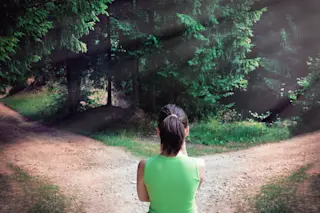If you came of age in the 1980s, as I did, you’re likely familiar with the movie Lethal Weapon. Two mismatched police detectives unexpectedly find themselves partnered up: Martin Riggs, the loose cannon with revenge on his mind, and Roger Murtaugh, the older, wiser man of the force, counting the days until retirement. When I saw this film for the first time in high school, I identified with the loonier of the two, Riggs. He might be a little crazy, but man, he was fun. Also, easy on the eyes. When I watched the film recently, however, my sympathies had changed. Today, I’m more in Murtaugh’s corner. Mostly because I find myself, as a middle-aged mom, inadvertently quoting his signature line, “I’m too old for this shit,” on a regular basis.
I used to be a risk-taker. But now, I just feel too old to bother. The potential negative consequences ...














